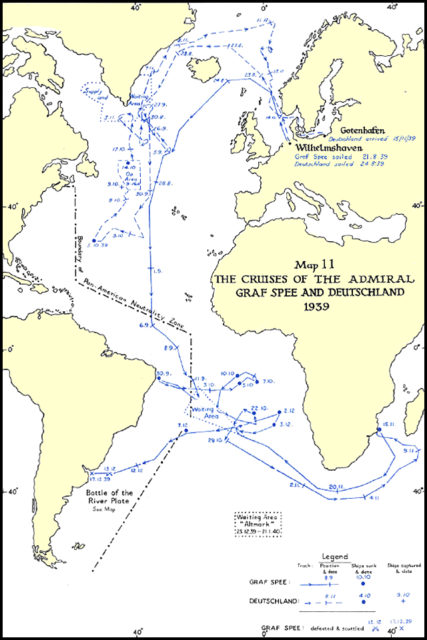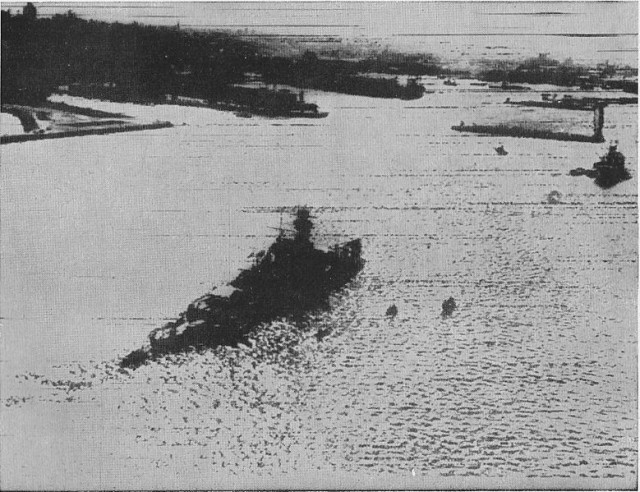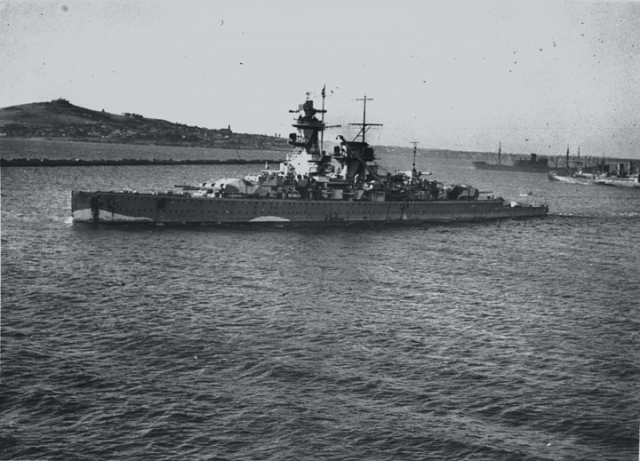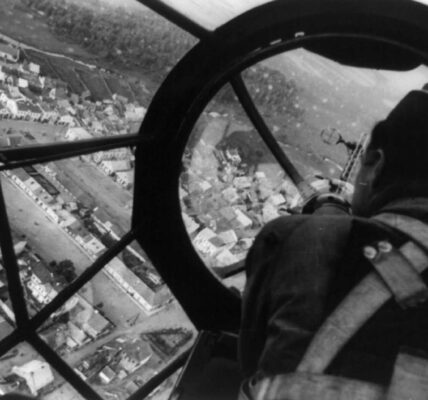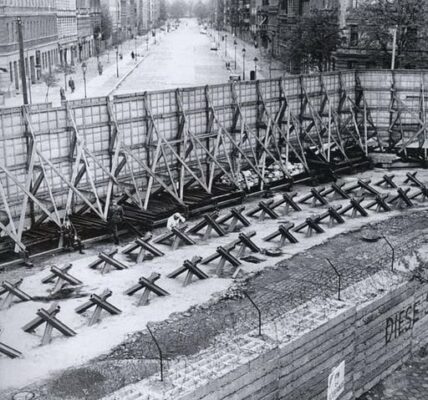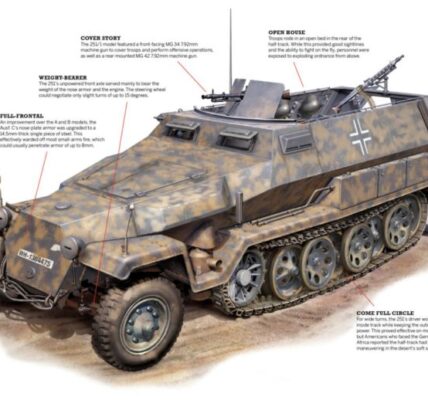
The Admiral Graf Spee was a notorious heavy cruiser of the Nazi Navy during World War II.
The ship was built between October 1932 and January 1936 at the Reichsmarinewerft in Wilhelmshaven. A monster ship, the Admiral Graf Spee barely reached the 10,000-ton weight limit for warships stipulated in the Treaty of Versailles. However, with a full displacement of 16,020 tons, she considerably exceeded the treaty’s limits. Armed to the gills with six 28 cm guns in two triple turrets, the Admiral Graf Spee and her sister ships were built to overpower any cruiser on the water that could keep up with her fast enough. With a top speed of 28 knots, only an elite group of ships from the British and French navies could keep pace with her, stand up to her, and have a chance of sinking her.
The Admiral Graf Spee was deployed to the South Atlantic in the weeks immediately prior to the outbreak of World War II. After the war began, she was assigned to patrol merchant shipping routes. Between September and December 1939, she sank nine ships with a total gross register tonnage of 50,089, thereby disrupting Allied trade. She was subsequently attacked by three British cruisers on December 13, 1939, leading to the Battle of the Río de la Plata.
Although she inflicted severe damage on the British ships, the Admiral Graf Spee herself also suffered severe damage and was forced to dock in the port of Montevideo. Due to false reports that superior British forces were en route to confront her, Admiral Graf Spee’s commander, Hans Langsdorff, ordered the Graf Spree scuttled. The ship was partially destroyed, but part of it is still visible above the water today.
Start and construction
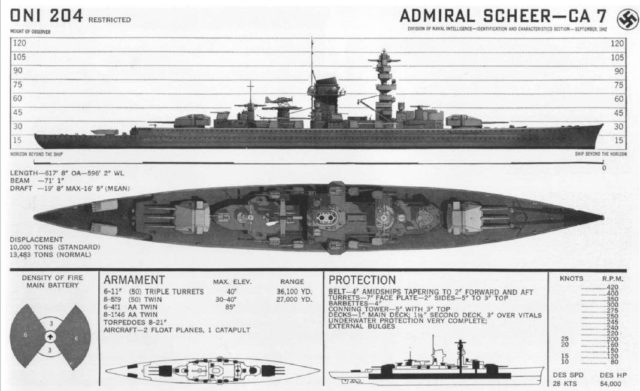
Identification drawing of a Deutschland-class cruiser.

Launch of the German Western-class warship Admiral Graf Spee in Wilhelmshaven on June 30, 1934. Note the flags bearing the National Socialist emblem and the Nazi salute displayed by most of those present.
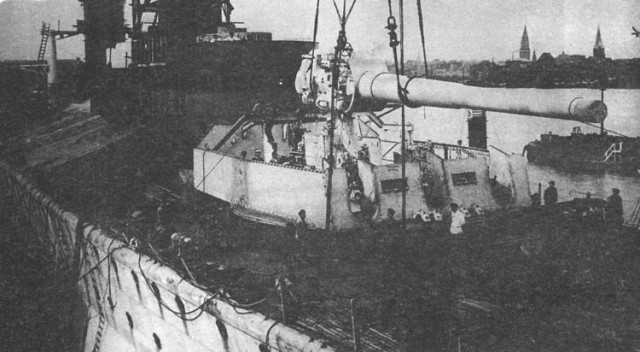
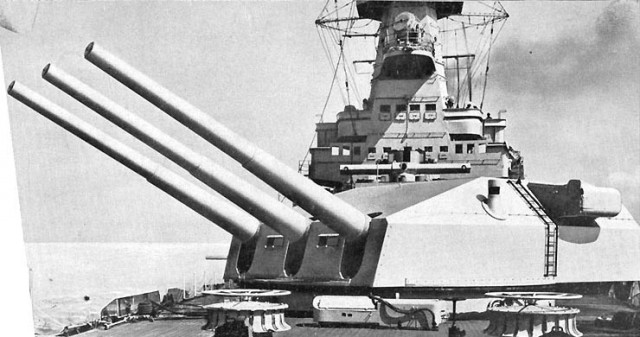
The forward 11-inch triple-gun turret of the battleship Admiral Graf Spee, circa 1939.
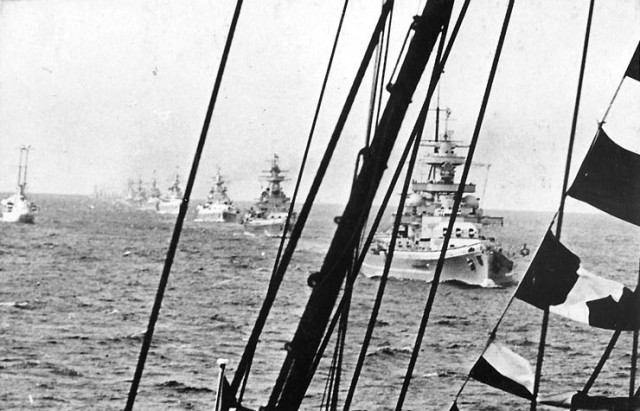
Schlacht am Río de la Plata
